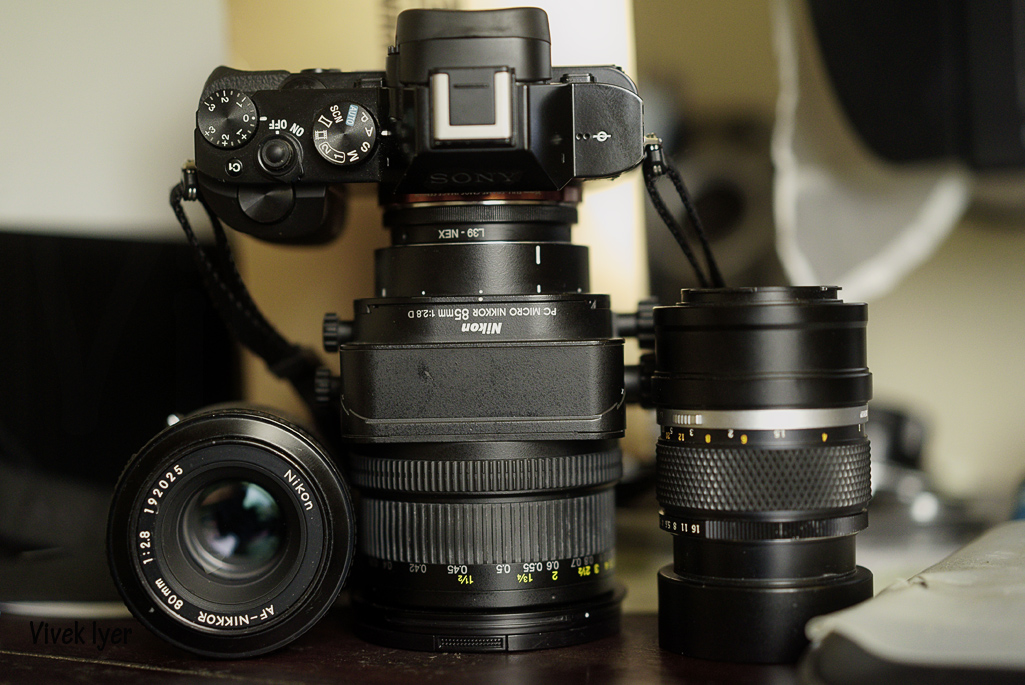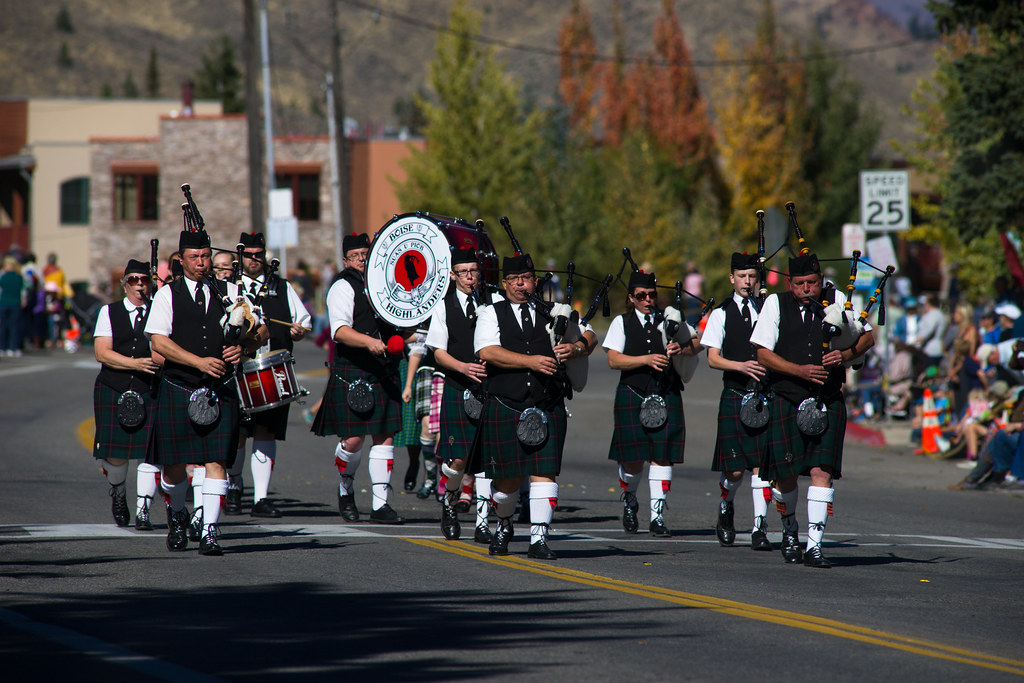k-hawinkler
Well-known member
Thanks indeed! It seems to me you spell out the next level of detail.I'm not sure. The Cron 50 APO's spherical aberrations (SA) is intentionally slightly under-corrected, and it's often associated as a "clinical" lens. How do I know it has some SA? Simply taking an astro shot and looking at the corner at WO, there is noticeable bat-wing which is mainly caused by SA.
However, most of the beloved character lenses (like Mandler) have more SA (veiling haze) than most. Their global contrast is moderate as well. Micro-contrast (5 to 10 lpmm on the MTF charts) should be relative high to help the subject standing out from the background. I think moderate resolution (30 to 40 lpmm on the MTF charts) is expected to go with the veiling haze. Drop-off in contrast/resolution from the outer third (either due to field curvature or simply a drop in contrast) is a must for most of these beloved lenses to create somewhat lower contrast in the background with diffused blur.
Again, I doubt that anyone would speak highly of the lens I used for the fence shot (at least for people photography), even though they would not classify it as a "clinical" lens either.
So from that, I still stand by my definition: clinical lens = flat field curvature + good to excellent sharpness + good to excellent aberrations control. It's the combination of a clean look (from sharpness and aberrations control) and the somewhat neutral bokeh (flat field curvature) that would lead to such conclusion. And most only talk about magical property of a lens at WO. As you stop it down, some of that magics diminish. Though, ironically, Leica's King of Bokeh needs to be stopped down a stop to get its famed smooth bokeh profile.
Question: What do you consider the first order effect(s), what are the higher order ones? TIA.





